Top 10 Canadian companies with assets in the US
The US is fertile ground for a variety of minerals, and Canadian companies are active throughout the country. The Northern Miner presents its Top 10 list of the biggest Canada-based firms with substantial assets in the U.S., by market capitalization, as of July 7, 2021. The data was compiled by our sister company, MiningIntelligence.
Barrick Gold
Market capitalization: C$47.23 billion ($37.98 billion)
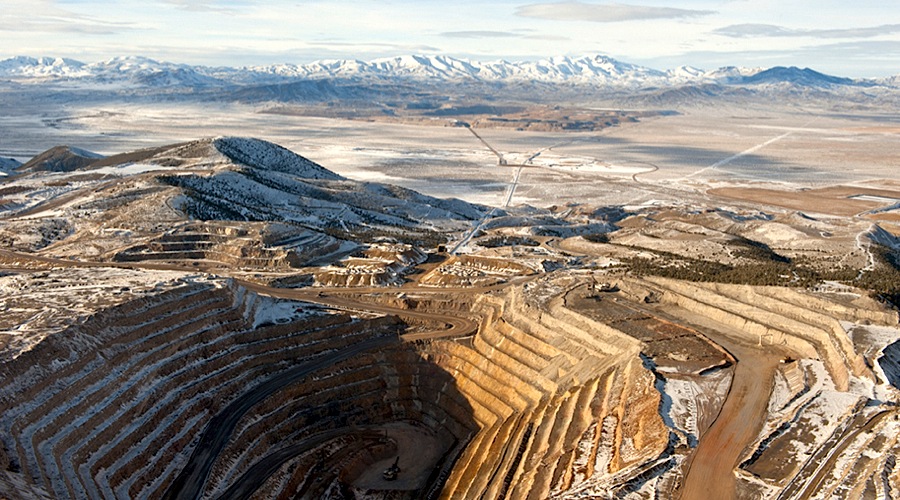
Toronto-based Barrick Gold (TSX: ABX; NYSE: GOLD) has projects in 13 countries worldwide. But the company’s U.S. operations have been crucial in maintaining its leading position on the list, especially its operations in Nevada.
In 2019, the company joined forces with Newmont (TSX: NGT; NYSE: NEM) to create Nevada Gold Mines (NGM). NGM oversees the world’s largest gold mining complex, with assets that include ten underground mines and 12 open pit mines, three of which are considered ‘tier-one’. Additional assets are two roaster facilities, two autoclave facilities, two flotation facilities and four oxide mills.
Barrick operates NGM and owns 61.5% of the company, with Newmont holding the remaining ownership.
Preliminary June-quarter gold production was lower than in the prior quarter, with planned maintenance shutdowns at NGM’s processing facilities further impacted by a mechanical mill failure at Carlin’s Goldstrike roaster.
In 2020, Barrick’s share of NGM’s total output of gold amounted to 2.13 million ounces. However, in just the first quarter of 2020, Barrick’s share from NGM was 546,000 oz. gold. The second quarter added 452,000 oz. gold from the mine complex, and the company predicts that NGM’s production output for all of 2021 will amount to between 2.1-2.25 million oz. gold.
Teck Resources
Market capitalization: C$14.69 billion ($11.8 billion)
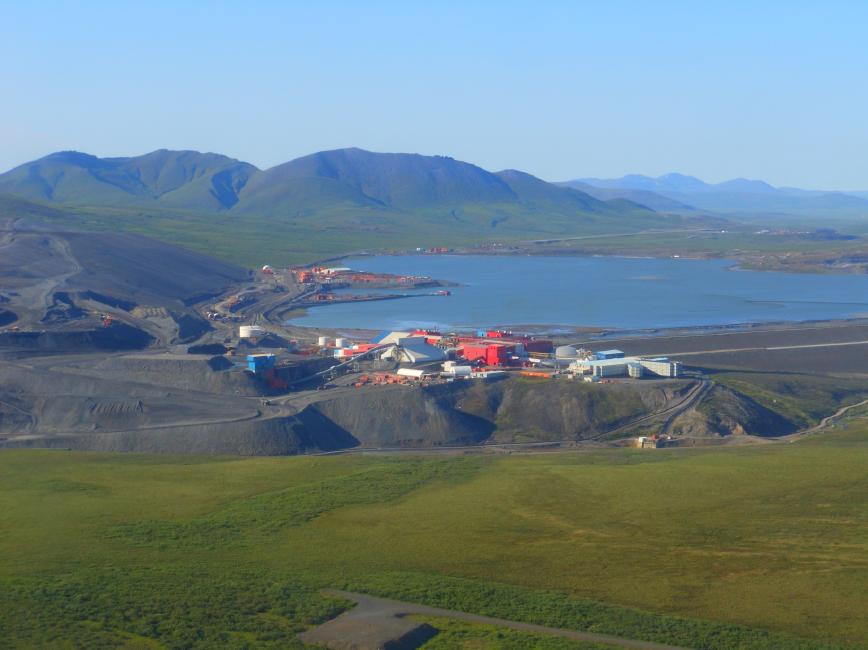
The key to Teck Resources‘ (TSX: TECK.A and TECK.B; NYSE: TECK) U.S. presence is its zinc mine in northwestern Alaska. The Red Dog operation, located 180 km above the Arctic Circle in a remote part of the state, is one of the reasons Teck is the world’s third-largest producer of mined zinc.
The sprawling operation is 85 km inland from the Chukchi Sea that separates Alaska from Siberia. It has been producing since late 1989 and is expected to remain in production until 2031. Red Dog produced 490,700 tonnes of zinc during 2020, about 11% less than the 552,400 tonnes produced in 2019.
The Vancouver-based company says gross profits from the mine amounted to C$717 million last year.
Concentrates from Red Dog are shipped south to Teck’s metallurgical facilities in Trail, B.C., and customers in Asia and Europe. Teck expects the 2021 production of zinc in concentrate, including co-product zinc production from the copper business unit, to be in the range of 585,000-610,000 tonnes. It expects lead production from Red Dog to be in the range of 85,000 – 95,000 tonnes in 2021.
Teck’s other U.S. operation, the Pend Oreille zinc mine in the far northeastern corner of Washington state, closed at the end of July 2019. At the time, Teck blamed a slowing demand for refined metals and a surplus of unrefined ore in the market.
Kinross Gold
Market capitalization: C$10.19 billion ($8.19 billion)
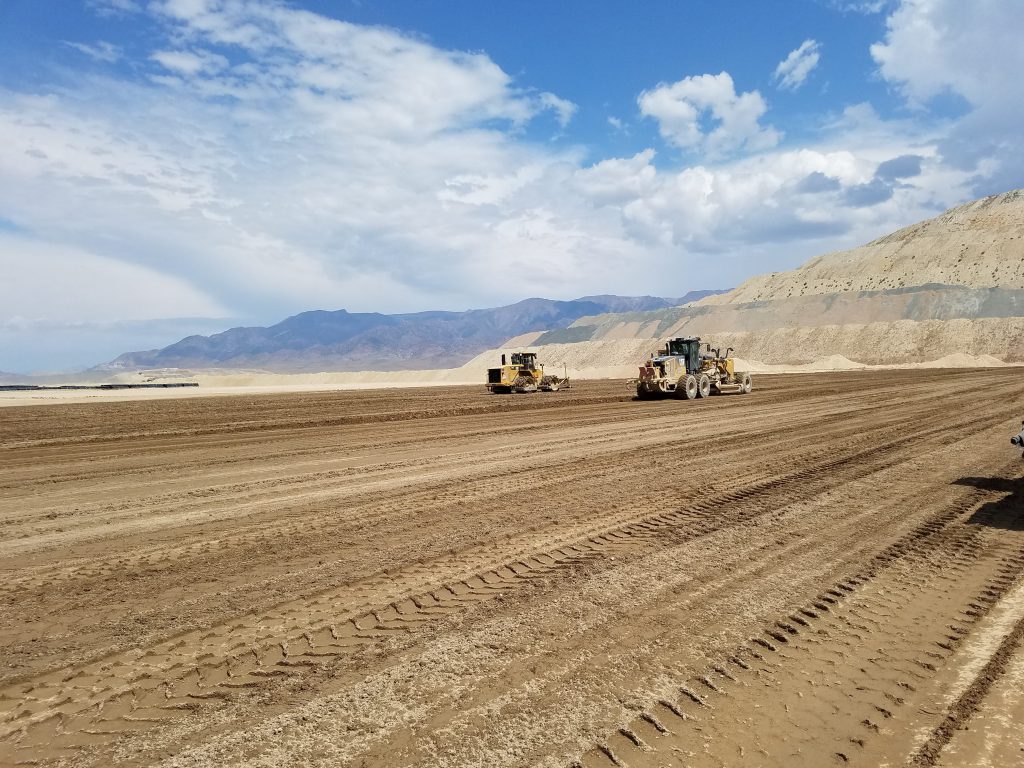
Kinross Gold (TSX: K; NYSE: KGC) is another Canadian miner focused on American properties to bolster its bottom line. While its portfolio includes mines in Brazil, West Africa and Russia, it is Kinross’ U.S. operations that made up most of the company’s gold-equivalent production last year.
The company’s wholly-owned open pit mines are located in Alaska and Nevada. The northernmost operation, Fort Knox, is located near the city of Fairbanks and is one of the few cold weather heap leach facilities in the world. In 2019, the site poured its eight millionth ounce of gold, and 2020’s overall production was 237,925 oz. gold-equivalent. While it had been nearing the end of its mine life, Kinross has developed the adjacent Gilmore expansion project, which would extend operations at the site until 2030.
In Nevada, Kinross has two operational, open-pit mines. Round Mountain, located in the south-central part of the state, produced 324,277 oz. gold-equivalent in 2020, down slightly from the year before. Round Mountain’s estimated mine life extends to 2024, with stockpile milling and residual leaching continuing until 2027.
The company’s other Nevada property, Bald Mountain, is the most extensive private mining land package in the U.S., located along the southern extension of the prolific Carlin Trend about 110 km from the city of Elko. The open pit, heap leach operation’s 2020 production was 191,282 GEOs.
Cameco
Market capitalization: C$9.27 billion ($7.46 billion)
Cameco‘s (TSX: CCO; NYSE: CCJ) operations and investments span the nuclear fuel cycle, from exploration to fuel manufacturing. The company is one of the world’s largest uranium producers with assets on three continents.
It sells uranium and fuel services to nuclear utilities in 12 countries, with sales commitments to supply about 113 million lb. U3O8 and over 53 million kilograms of UF6 conversion services in 2021.
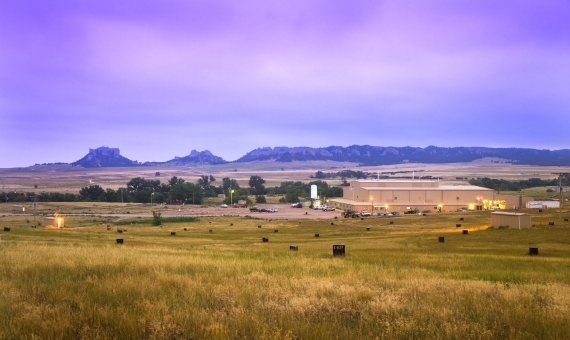
Its uranium operations include Cigar Lake, McArthur River/Key Lake and Rabbit Lake in northern Saskatchewan; Inkai in Kazakhstan; and Smith Ranch-Highland in Wyoming and Crow Butte in Nebraska.
Its advanced projects include Millennium in northern Saskatchewan and Kintyre and Yeelirrie in Western Australia.
In its fuel services division, it owns the Blind River refinery, the world’s largest uranium refinery; the Port Hope Conversion facility, one of only four commercial suppliers in the western world of uranium hexafluoride (UF6), which is exported to be enriched for use in light water reactors; and Cameco Fuel Manufacturing, the largest Canada-based supplier of components for CANDU reactors.
Last year, with many of its uranium mine operations on care and maintenance, it produced five million lb. U3O8 and generated C$57 million in cash from operations. The declining figures reflect continued market weakness, resulting in a net loss attributable to shareholders of C$53 million for the year.
Cameco’s ongoing market discipline and suspension of McArthur River/Key Lake has seen the removal of 18 billion lb. per year of U3O8 from the market.
Due to the uncertainty surrounding Covid-19, the company said it would not be able to provide an outlook for 2021 until the rate at which it will be able to sustainably operate the Cigar Lake mine is known.
In February, the Supreme Court of Canada dismissed Canada Revenue Agency’s request to appeal a June 2020 decision on a tax dispute involving the company, which Cameco said would ‘fully and finally’ resolve the 2003, 2005 and 2006 tax years in its favour.
SSR Mining
Market Capitalization: C$4.39 billion ($3.54 billion)
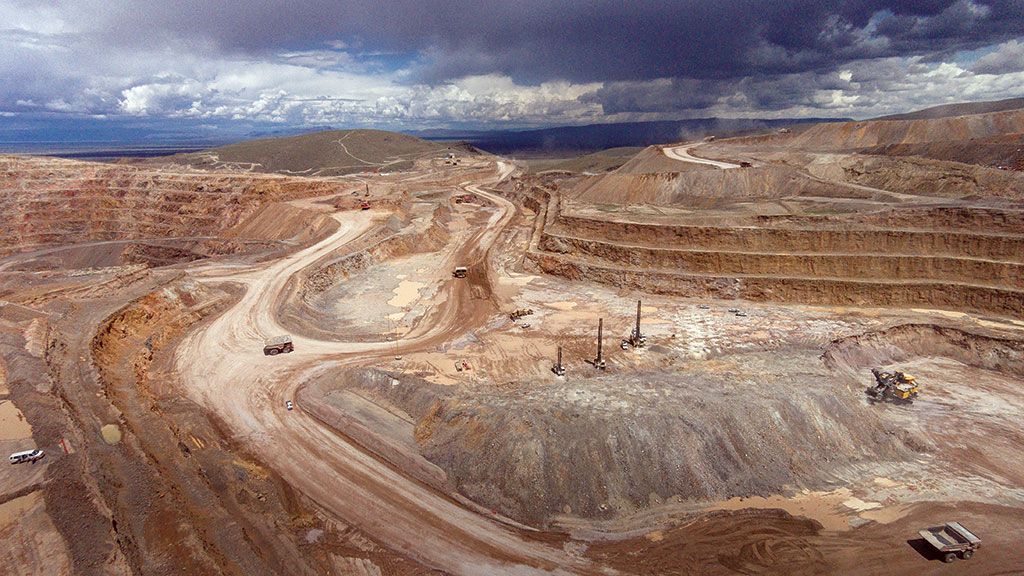
SSR Mining (TSX: SSRM; Nasdaq: SSRM) SSR Mining is an intermediate precious metals mining company with four producing assets in the U.S., Turkey, Canada and Argentina. The company’s assets primarily produce gold, and also silver, lead and zinc concentrates. The production sites and a global pipeline of high-quality development and exploration assets located in the U.S., Turkey, Canada, Mexico and Peru, form a diversified portfolio of high-margin, long-life assets along several of the world’s most prolific metal districts.
The company has an experienced leadership team with a proven track record of delivery and value creation. Across the organization, the company has expertise in project construction, mining (open pit and underground), and processing (pressure oxidation, heap leach and flotation). The company has a strong balance sheet, with C$901.6 million in consolidated cash as of March 31, 2021, to support its growth pipeline. The company intends to leverage its balance sheet strength and track record of free cash flow generation to fund growth across the portfolio and facilitate returns to shareholders.
The company’s Marigold mine is an open pit operation located along the Battle Mountain-Eureka Trend in Nevada, U.S. Marigold is a run-of-mine heap leach operation, moving more than 200,000 tonnes of material per day and producing gold doré bars. Marigold is positioned on a land package of about 20,000 hectares.
Last year Marigold delivered gold production of 76,941 ounces in the fourth quarter and full-year production of 234,443 ounces, marking quarterly and yearly production records for the operation.
Marigold is expected to produce 235,000–265,000 oz. gold in 2021.
Hudbay Minerals
Market capitalization: C$2.08 billion ($1.67 billion)
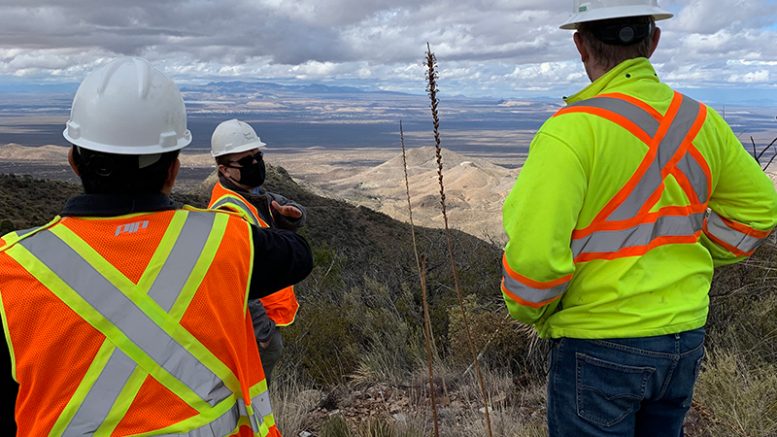
Hudbay Minerals (TSX: HMB; NYSE: HBM) Hudbay’s U.S. properties are the Rosemont project in Arizona and the Mason project in Nevada.
The Mason deposit, acquired in late 2018, is one of the most significant undeveloped copper resources in the Americas. It is similar in scale to Constancia and Rosemont, with an expected mine life of 19 years.
Hudbay’s ability to move ahead with building Rosemont is suspended for the time being. In July 2019, the U.S. District Court for Arizona issued a ruling that vacated the Final Record of Decision (FROD) published by the US Forest Service. Simply put, the judge ruled that the decision to issue the FROD was based on an incorrect interpretation of mining claims.
Hudbay has appealed the ruling. The company believes that the court misinterpreted federal mining laws and Forest Service regulations as they apply to Rosemont.
Utilizing leading-edge mining technologies, Rosemont will help define safe and sustainable 21st-century mining practices that will support America’s clean energy economy, the company says.
McEwen Mining
Market capitalization: C$776.03 million ($624 million)
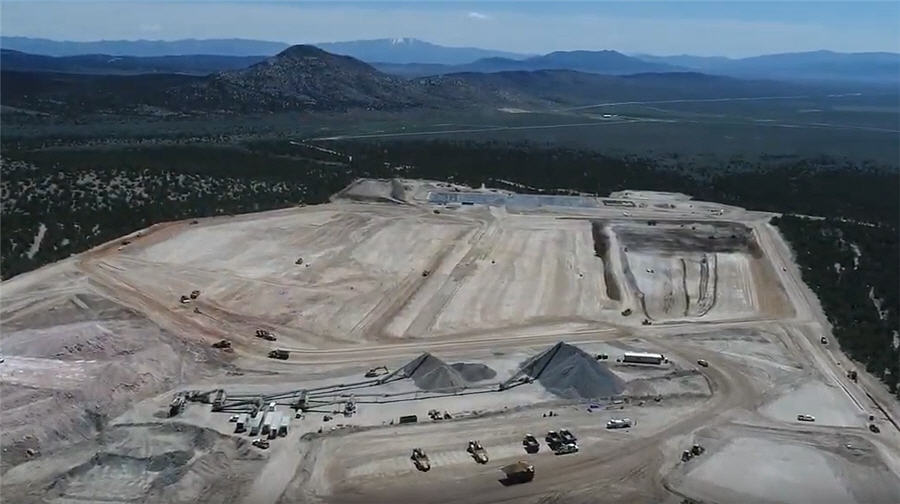
McEwen Mining (TSX: MUX; NYSE: MUX) has precious metals projects spread across North and South America, with its key U.S. production asset the Gold Bar open pit mine in north-central Nevada. It is located 40 km southeast of the Nevada gold mine project jointly owned by Barrick and Newmont.
Production at Gold Bar commenced in May 2019, and by year’s end, output totalled 31,712 oz. gold-equivalent. After producing 9,100 oz. gold-equivalent in the first quarter of 2020, operations ceased at the mine on April 1 due to covid-19 concerns. Production did not resume until May, but Gold Bar still managed to produce 28,000 oz. gold-equivalent in 2020.
Toronto-based McEwen updated the Gold Bar resource estimate early in 2021, reporting 499,000 oz. gold contained in 18.61 million tonnes grading 0.92 gram gold per tonne, substantially below the prior estimate of 30 million tonnes grading 0.92 gram gold per tonne, for a total of 819,000 contained oz. gold, with a further 7.58 million tonnes inferred, grading 0.91 gram gold per tonne for 201,000 contained oz. gold.
Gold Bar’s estimated after-tax net present value, discounted at 8% and using a gold price of $1,500 per oz., is in the range of $62-$76 million; while the upside case at a gold price of $1,900 per oz. is in the range of $150 million-$170 million. The potential mine life is in the range of five to seven years based on current estimated reserves.
McEwen also acquired a property 5.5 km southeast of Gold Bar, known as Gold Bar South.
It consists of 109 mining claims and hosts a near-surface oxide gold deposit. An extensive drill program carried out in 2019 led the company to announce that Gold Bar South’s resource estimate (measured and indicated) is 2.06 million tonnes grading 1.07 grams gold per tonne for 64,000 contained oz. gold.
Liberty Gold
Market Capitalization: C$383.83 million ($308.62 million)
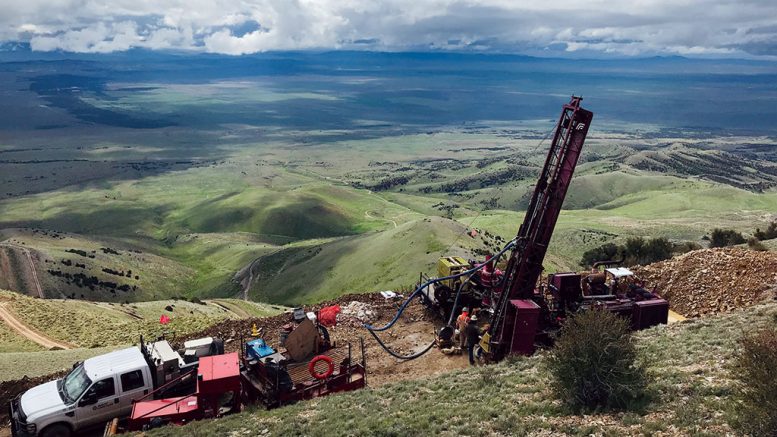
Liberty Gold (TSX: LGD; US-OTC: LGDTF), has two oxide gold projects in America’s Great Basin, one of the world’s top mining jurisdictions. The company is advancing Black Pine, a large highly prospective mineralized oxide gold system in Idaho whose true value and size is only now being unlocked; and Goldstrike, an oxide gold resource in Utah at the preliminary economic assessment stage. Combined, the company is building toward a multi-million-ounce oxide gold resource, with the aim of creating value at scale.
Black Pine is a Carlin-style, sedimentary rock-hosted (Carlin-style) gold property located in Cassia County, southern Idaho. It is host to a past-producing heap leach gold mine that operated from 1991 through 1998.
During this time, it produced about 435,000 oz. gold at a historical grade of 0.7 gram gold per tonne from seven shallow pits.
In 2021, Liberty Gold will continue to advance its Black Pine and Goldstrike projects, with a primary focus on confirming Black Pine’s potential to host a tier one oxide gold deposit.
Earlier this month, Liberty Gold announced a maiden resource estimate for Black Pine. The project contains 105.1 million indicated tonnes grading 0.51 gram gold per tonne for 1.7 million oz. of gold and inferred resources of 31.2 million tonnes averaging 0.37 gram gold per tonne for 370,000 ounces. The estimate used a cut-off grade of 0.2 gram gold per tonne.
Around 74% of the resource ounces lie within the Discovery zone, centered on the higher-grade oxide gold D-1, D-2, and D-3 discoveries, with the remaining 26% in seven additional satellite zones.
In the Discovery Zone area in particular, a higher-grade subset of the resource at a cut-off grade of 0.5 gram gold per tonne, consists of 30.52 million tonnes grading 1.04 grams gold per tonne for 1.02 million oz. of gold and inferred resources measure 4.44 million tonnes averaging 0.94 gram gold per tonne for 134,000 gold ounces.
The company intends to release a preliminary economic assessment for Black Pine before year end.
Other project and development activities in 2021 will include completion of phase three metallurgical testing and the purchase of private land and water rights.
Americas Gold and Silver
Market Capitalization: C$260.76 million ($209.67 million)
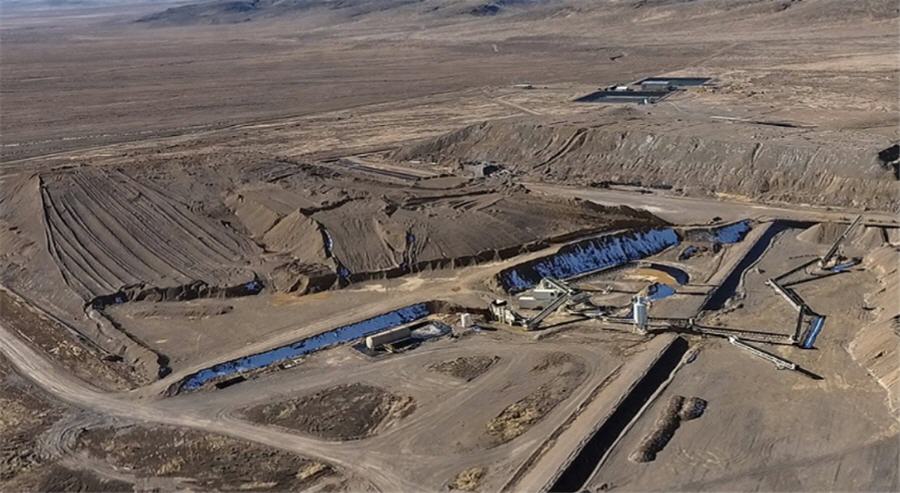
Americas Gold and Silver (TSX: USA; NYSE-Am: USAS) is a precious metals producer advancing its 100%-owned Relief Canyon gold mine to full production in Nevada, U.S. It also has two existing operations in the world’s leading silver regions: the Cosalá operations in Sinaloa, Mexico and the Galena Complex in Idaho, U.S.
In Nevada, the company operates the Relief Canyon mine in Pershing County. The mine poured its first gold in February 2020 and declared commercial production in January 2021.
The past-producing mine includes three historic open pit mines, a newly constructed crusher, ore conveyor system, leach pads, and a refurbished heap-leach processing facility.
The landholdings at Relief Canyon and the surrounding area cover over 11,700 hectares, providing the company the potential to expand the Relief Canyon deposit and to explore for new discoveries close to existing processing infrastructure.
In Idaho, the company operates the 60%-owned producing Galena Complex (40%-owned by Eric Sprott) whose primary assets are the operating Galena mine, the Coeur mine, and the contiguous Caladay development project in the Coeur d’Alene mining district of the northern Idaho Silver Valley.
The Galena Complex has recorded production of over 230 million ounces of silver along with associated by-product metals of copper and lead over a production history of more than sixty years.
The company has entered into a joint-venture agreement with Sprott effective October 1, 2019 for a 40% non-controlling interest of the Galena Complex with an initial contribution of $15 million to fund capital improvements and operations.
The goal of the joint venture agreement was to position the Galena Complex to significantly grow resources, increase production, and reduce operating costs at the mine over the next two years.
In the interim, the company has suspended disclosing certain operating metrics such as cash costs, and all-in sustaining costs for the Galena Complex until the recapitalization plan is substantially complete.
enCore Energy
Market Capitalization: C$249.19 million ($200.36 million)
enCore Energy Corp (TSXV: EU; US-OTC: ENCUF) is a domestic uranium developer in the U.S. focused on becoming a leading in-situ recovery (ISR) uranium producer.
enCore Energy’s opportunities are created from the company’s transformational acquisition of its two South Texas production facilities, the global uranium supply-demand outlook and opportunities for industry consolidation, the company says.
enCore Energy holds a portfolio of uranium assets located in Texas, New Mexico, Wyoming, Utah and Arizona, U.S.
The portfolio is headlined by the Rosita and Kingsville Dome licenced ISR uranium production facilities with combined nameplate capacity of over 1.6 million pounds of uranium oxide in South Texas.
The company also owns more than 300,000 acres of private mineral rights in New Mexico that include all of or the majority of the Crownpoint & Hosta Butte, Nose Rock, West Largo and Ambrosia Lake–Treeline properties.
enCore also controls nearly 19,000 acres of private land leases including the Marquez-Juan Tafoya property.
enCore Energy also holds 35.3% of Group 11 Technologies.
(This article first appeared in The Northern Miner)
{{ commodity.name }}
{{ post.title }}
{{ post.date }}
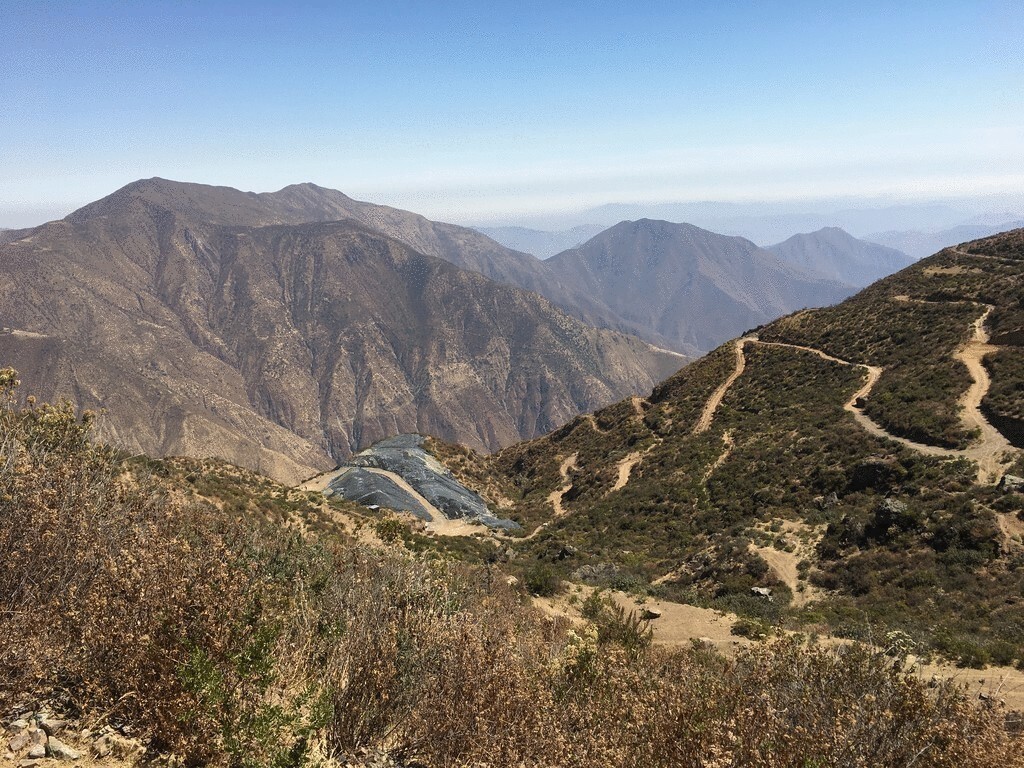
Comments